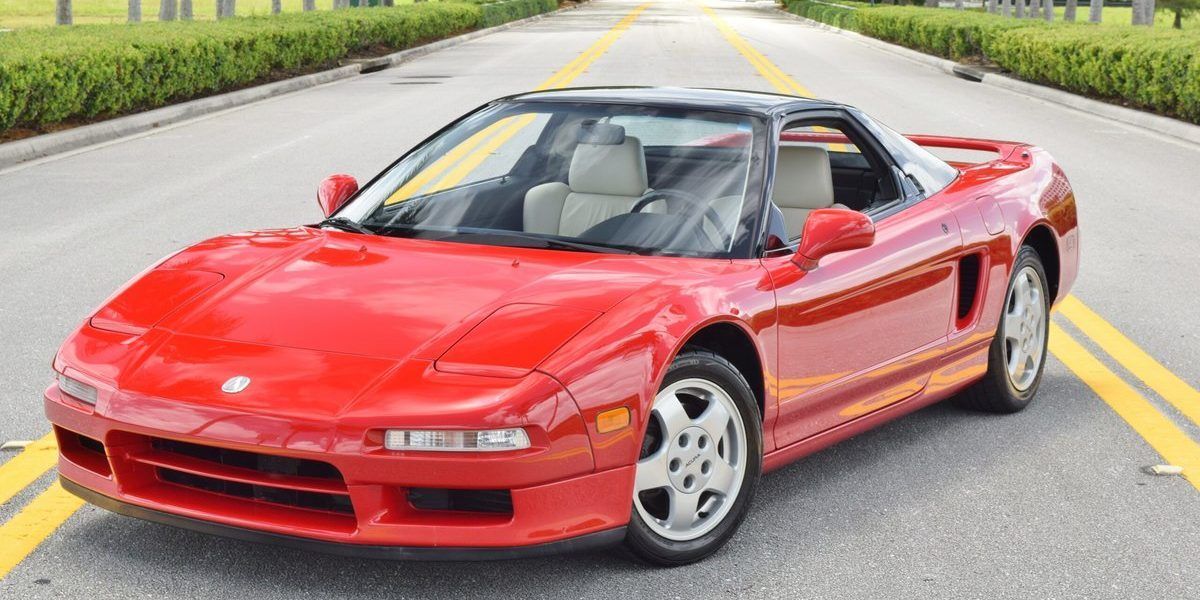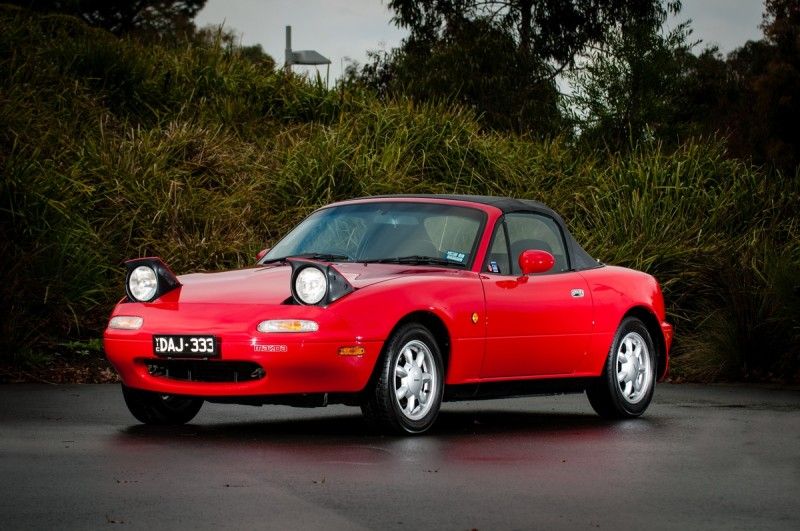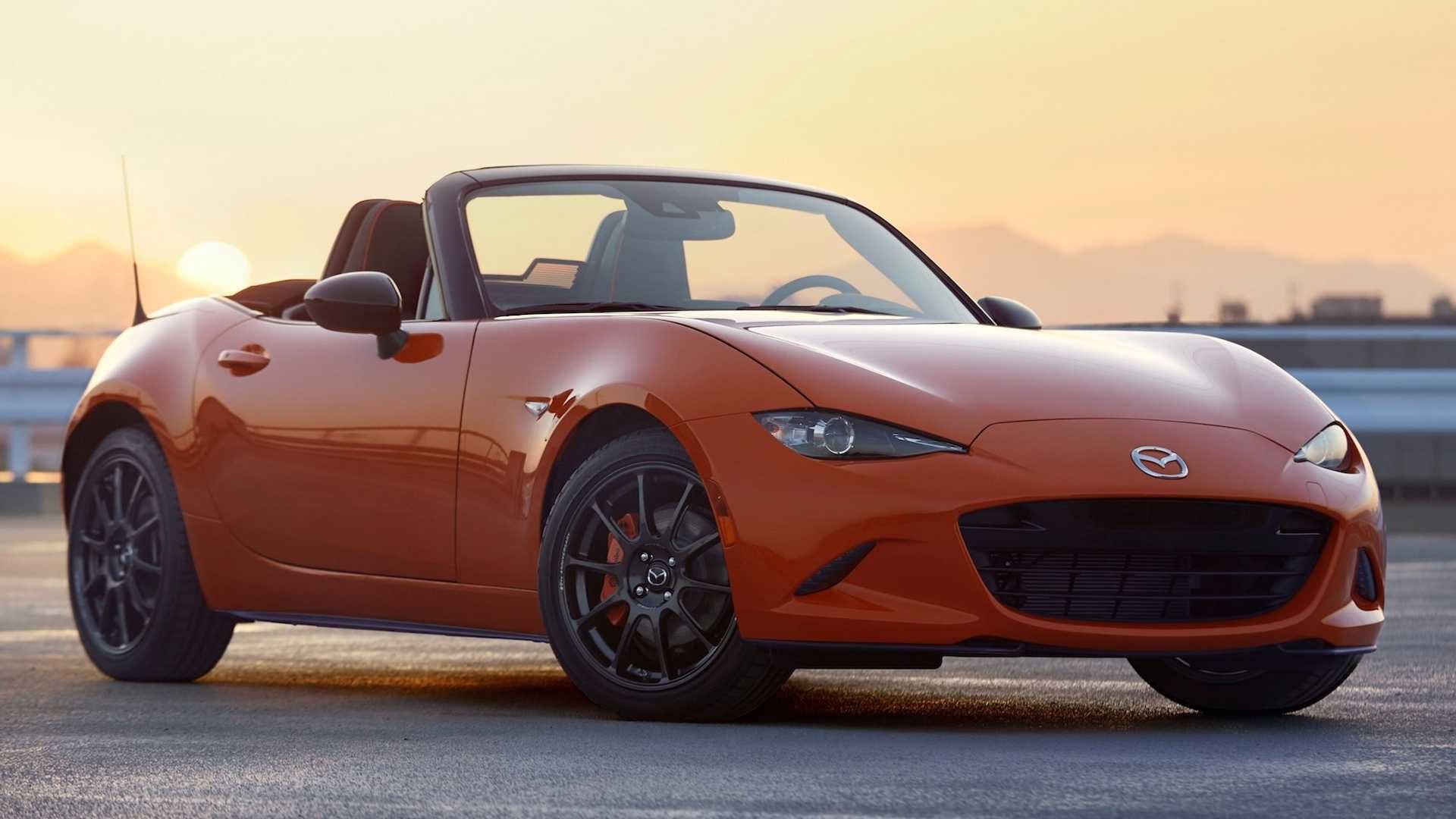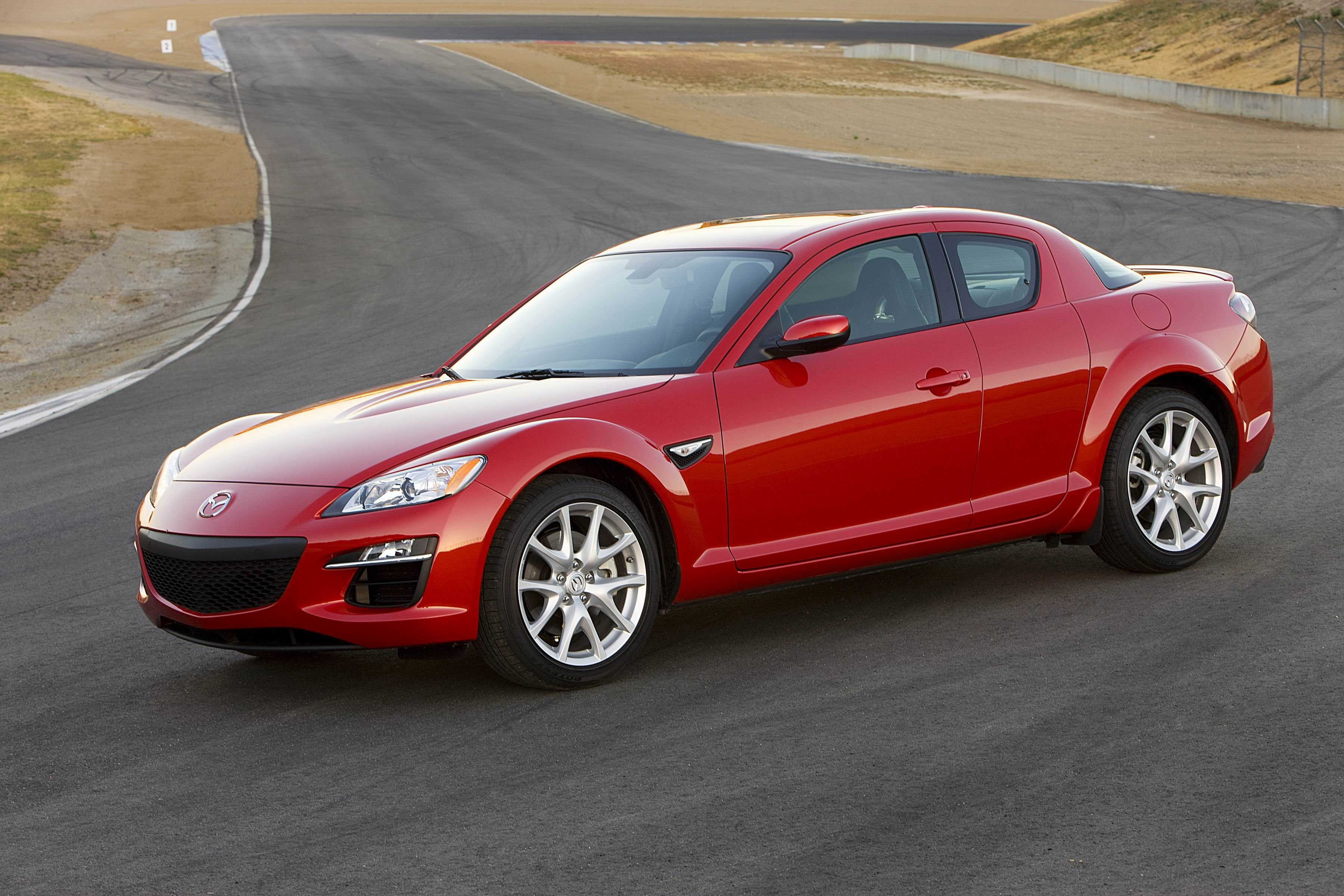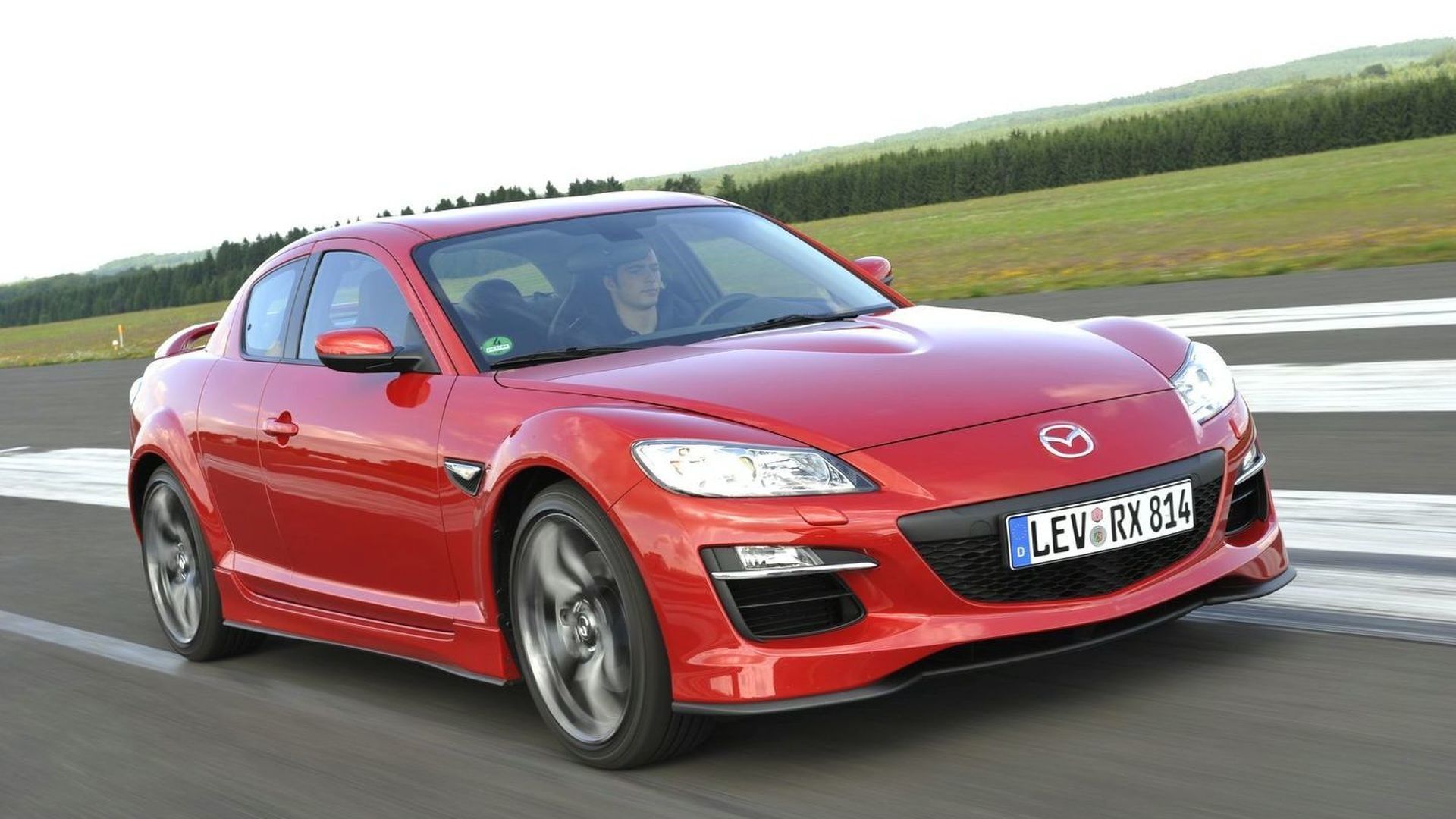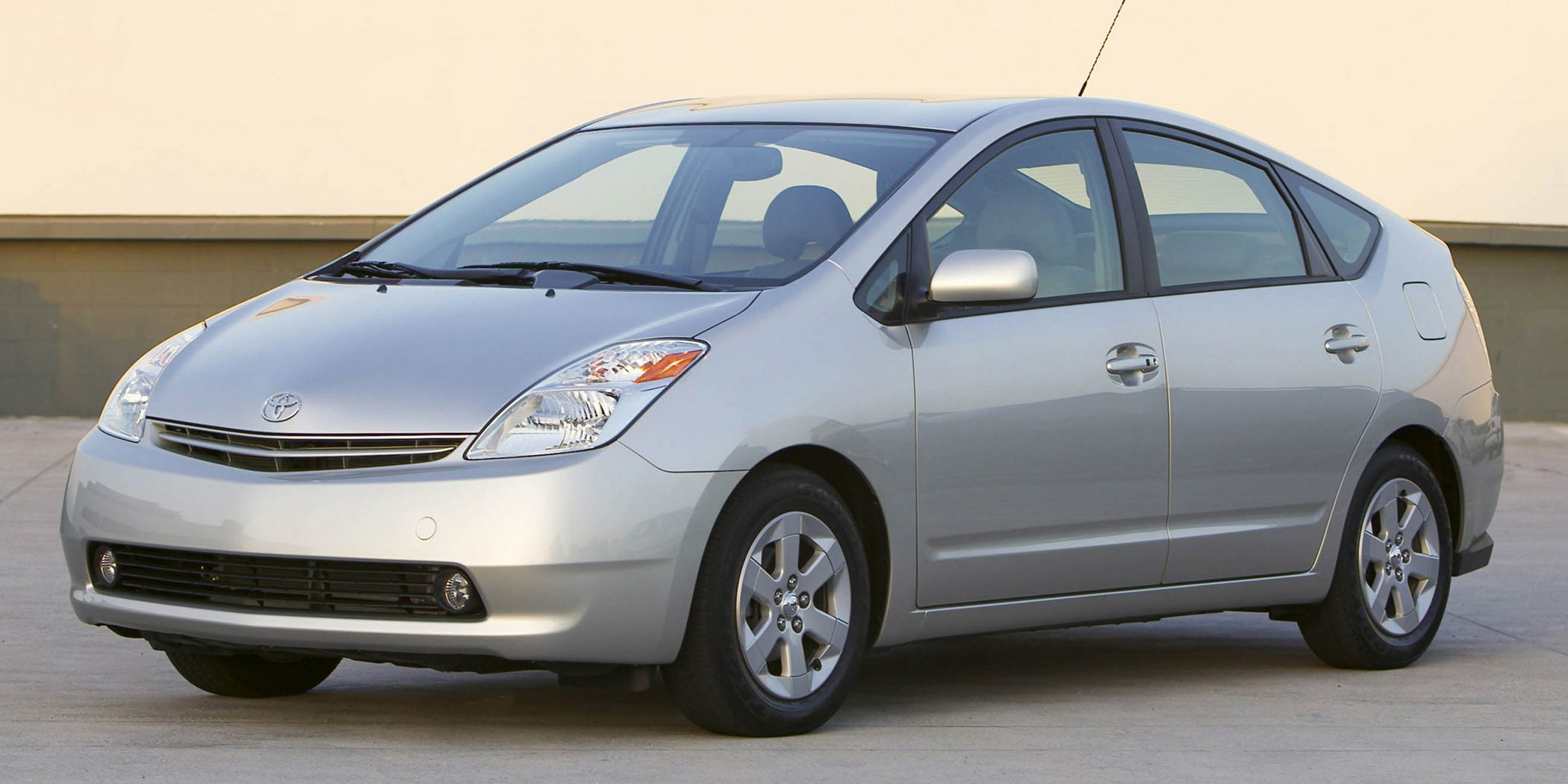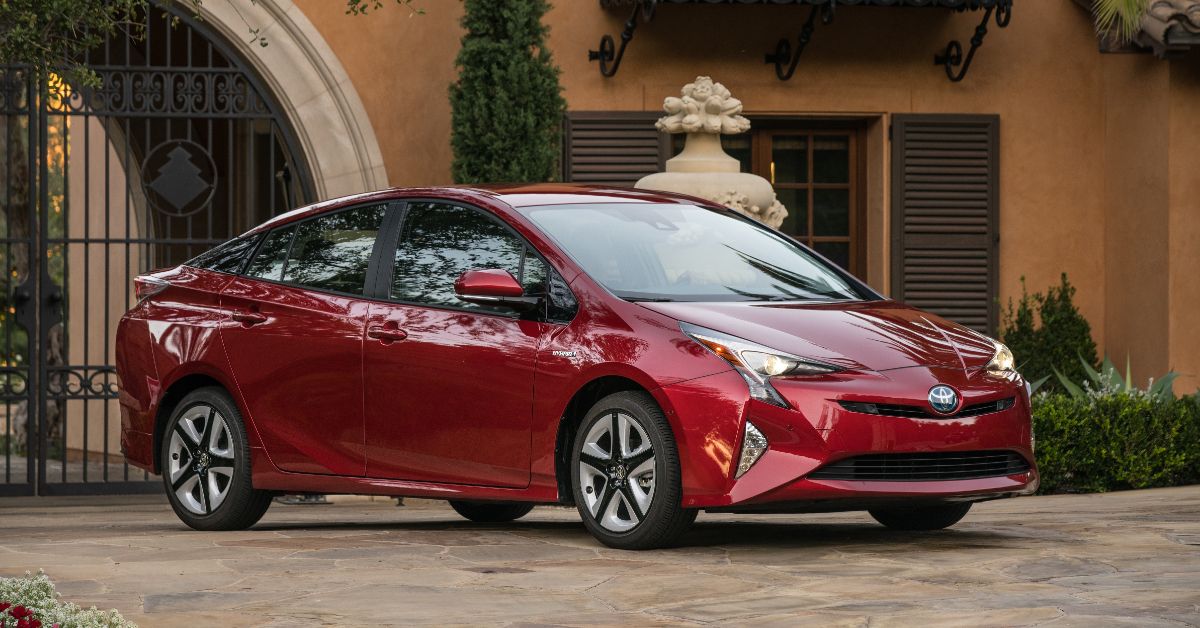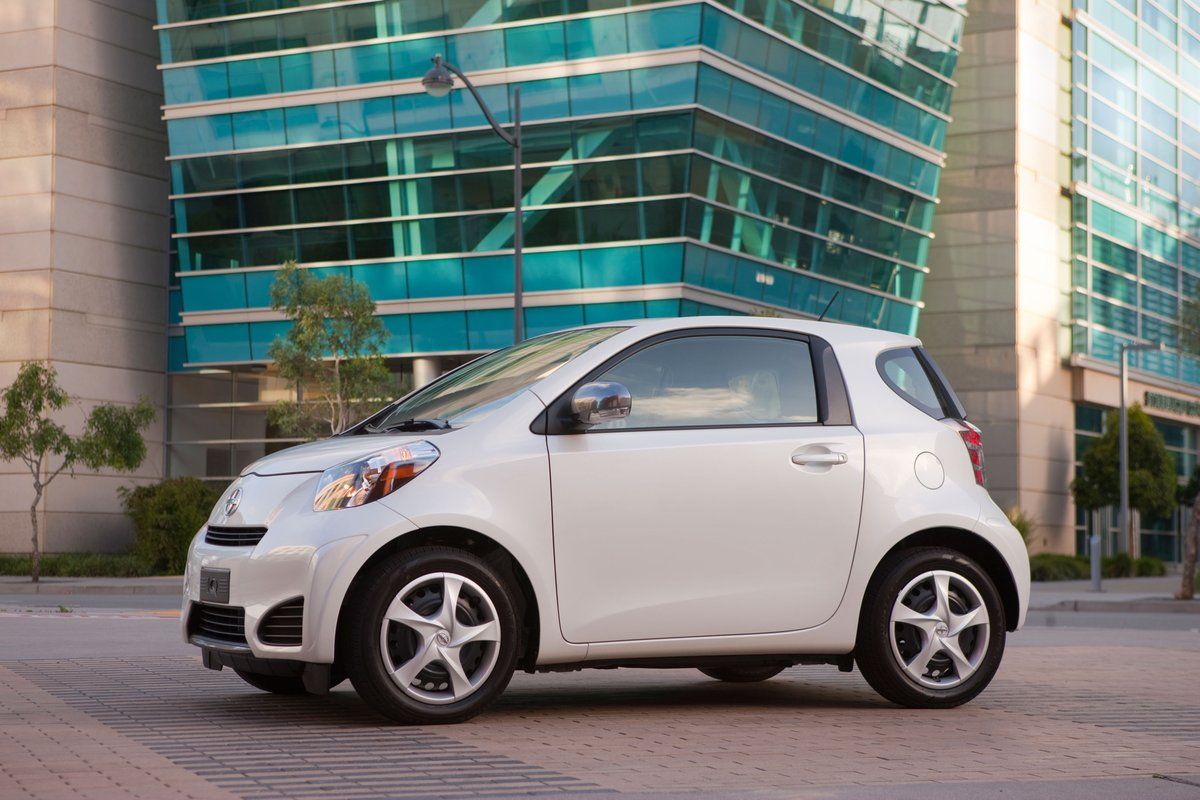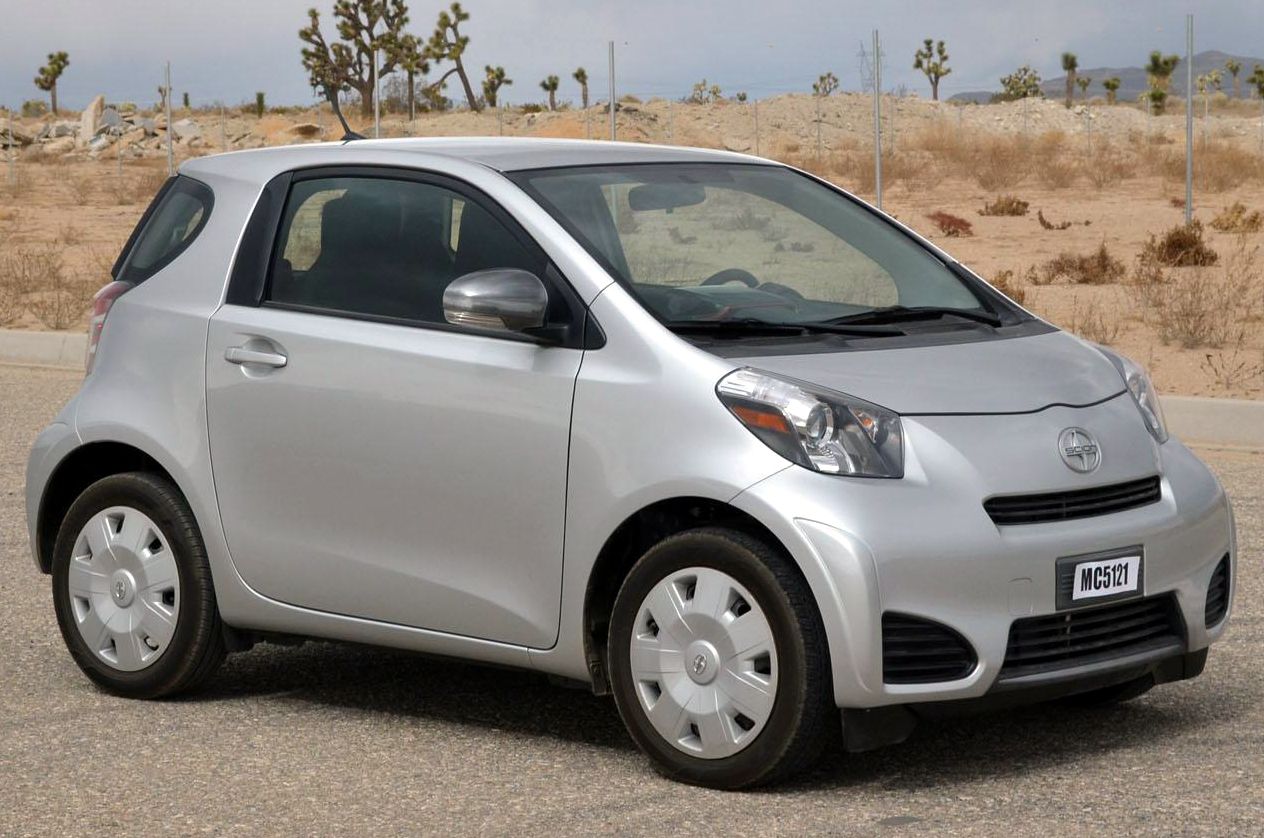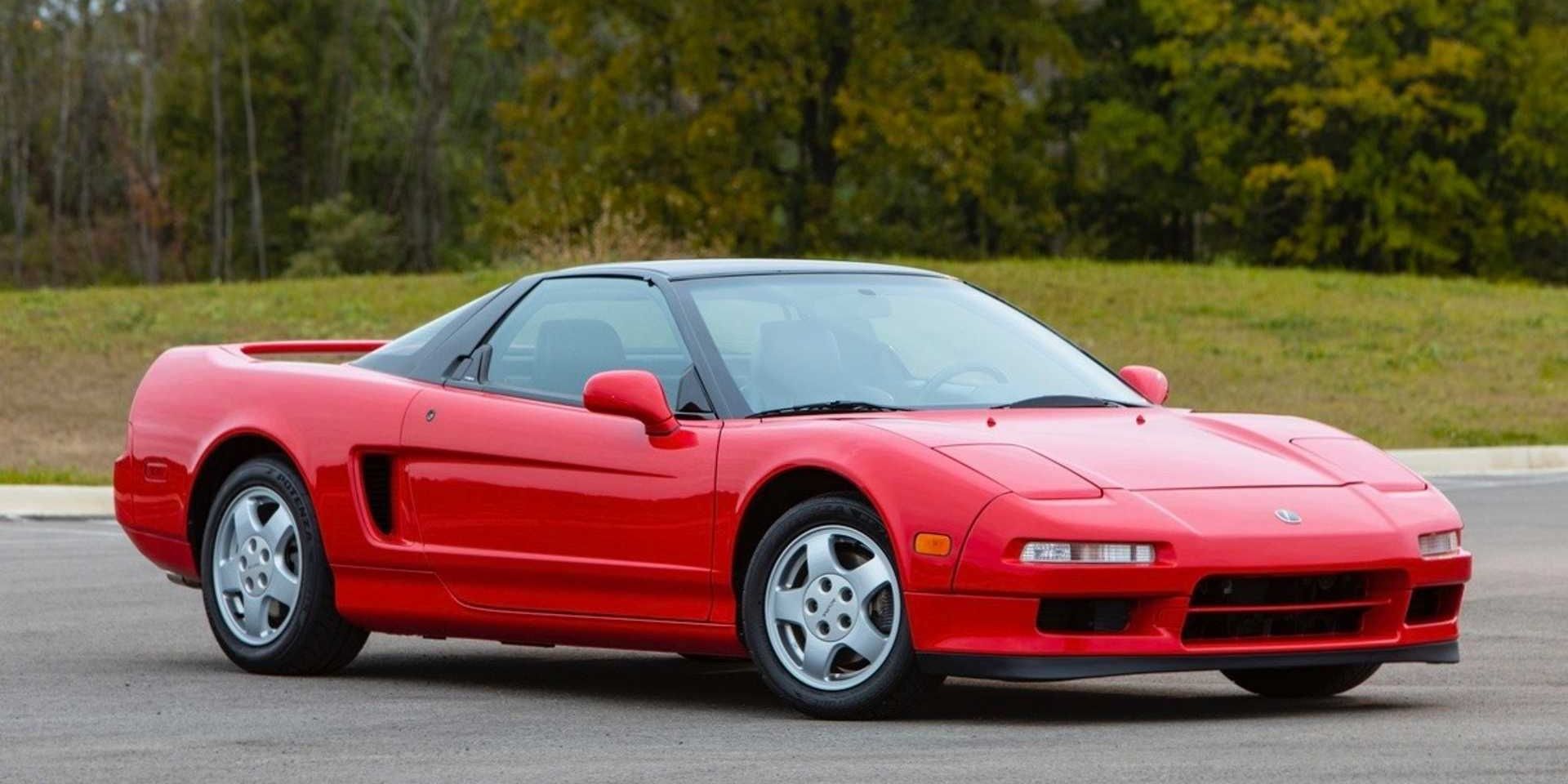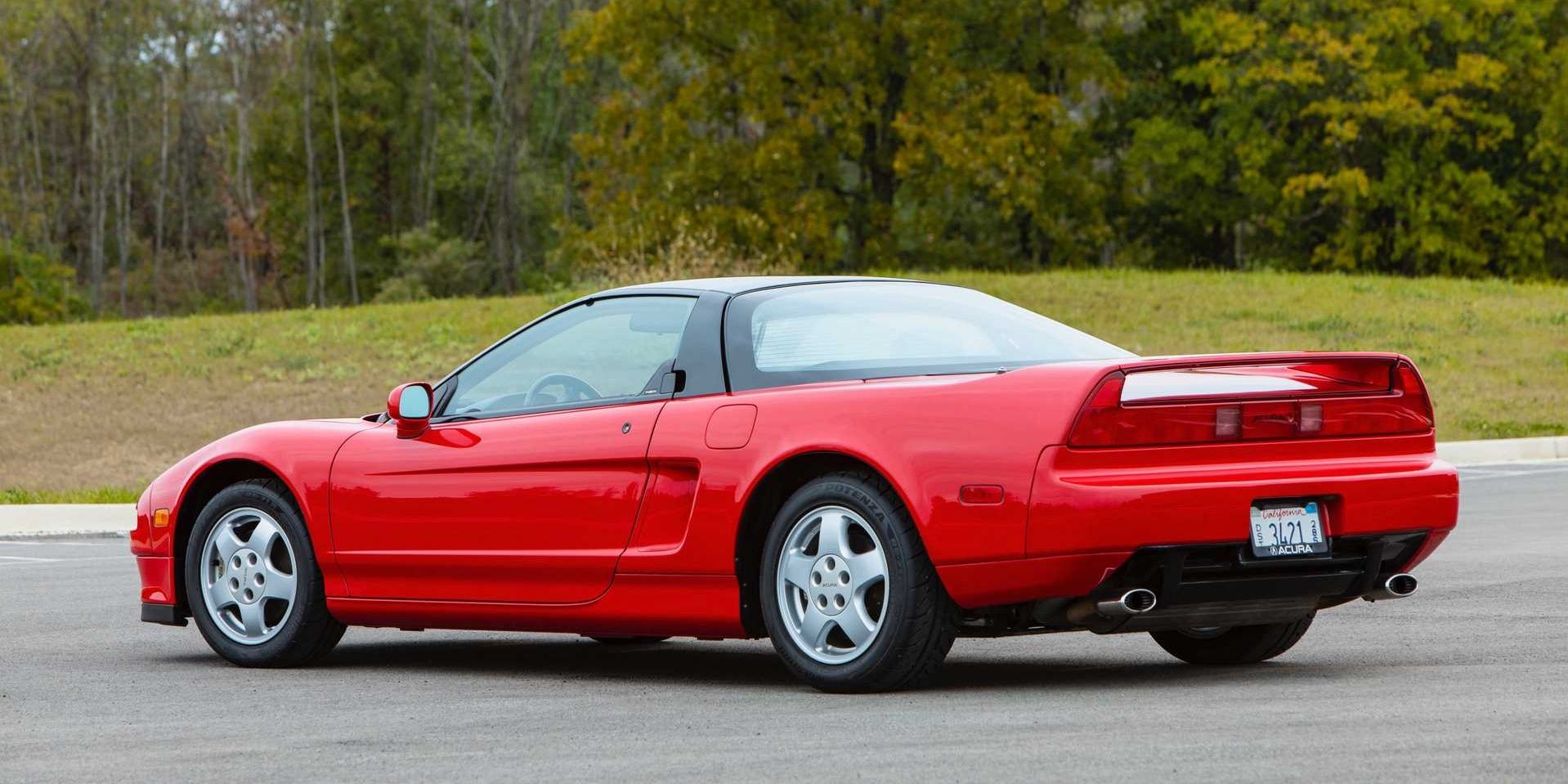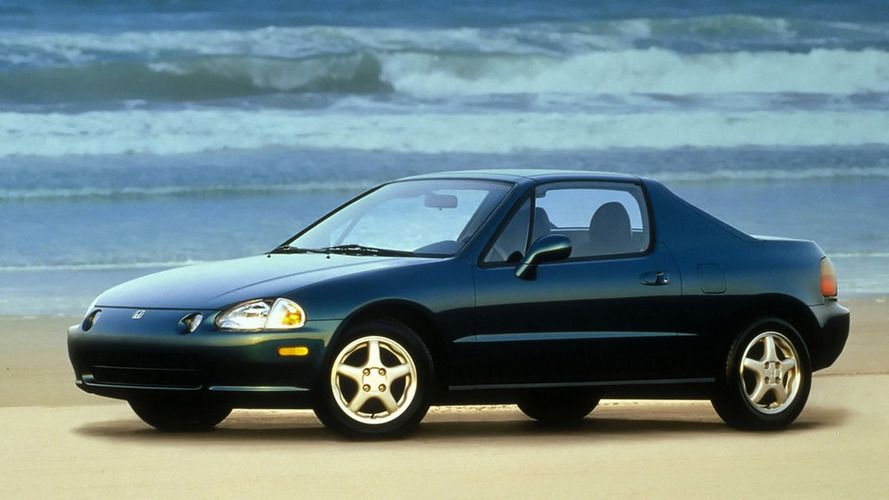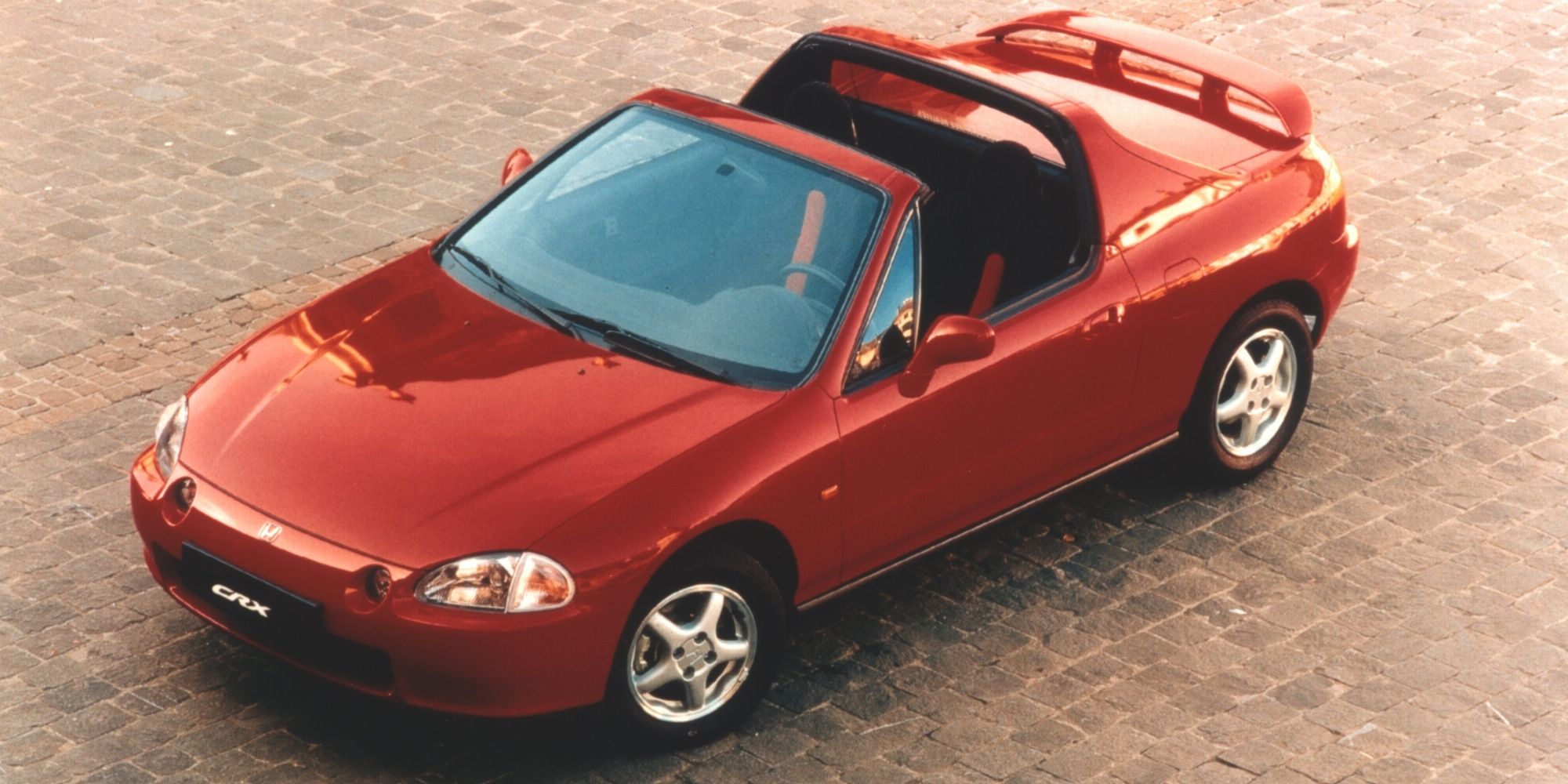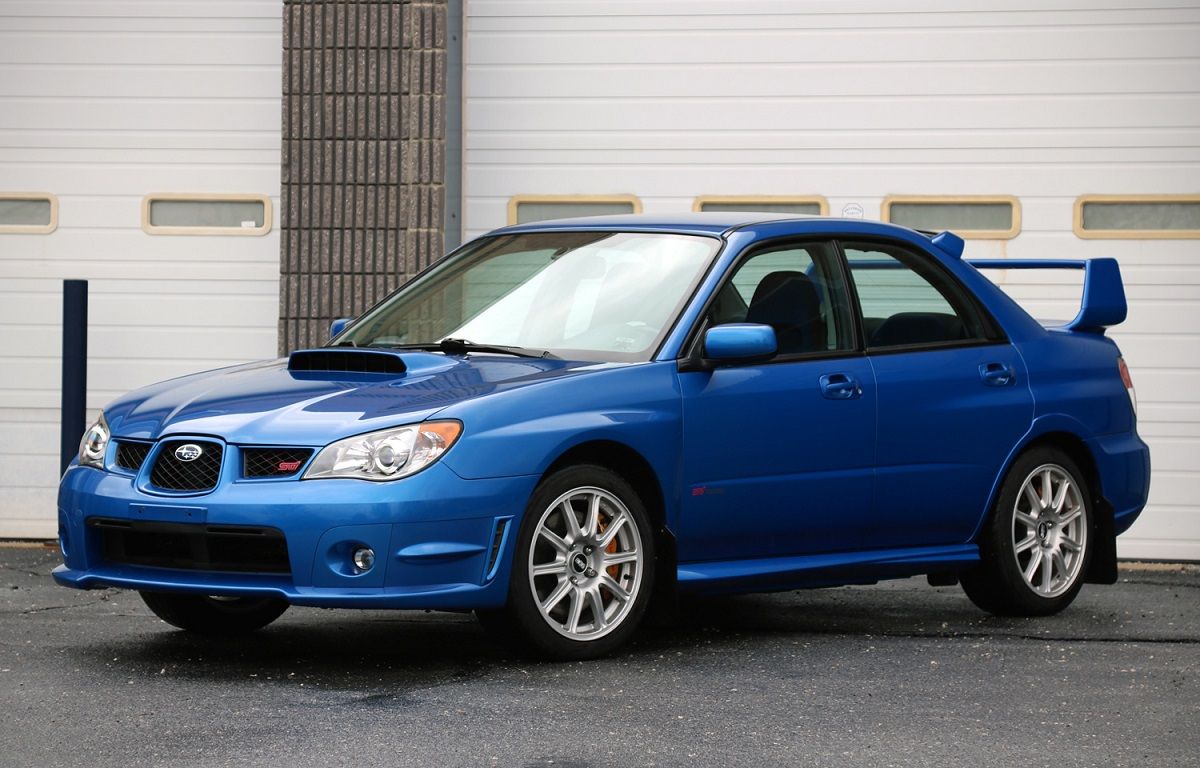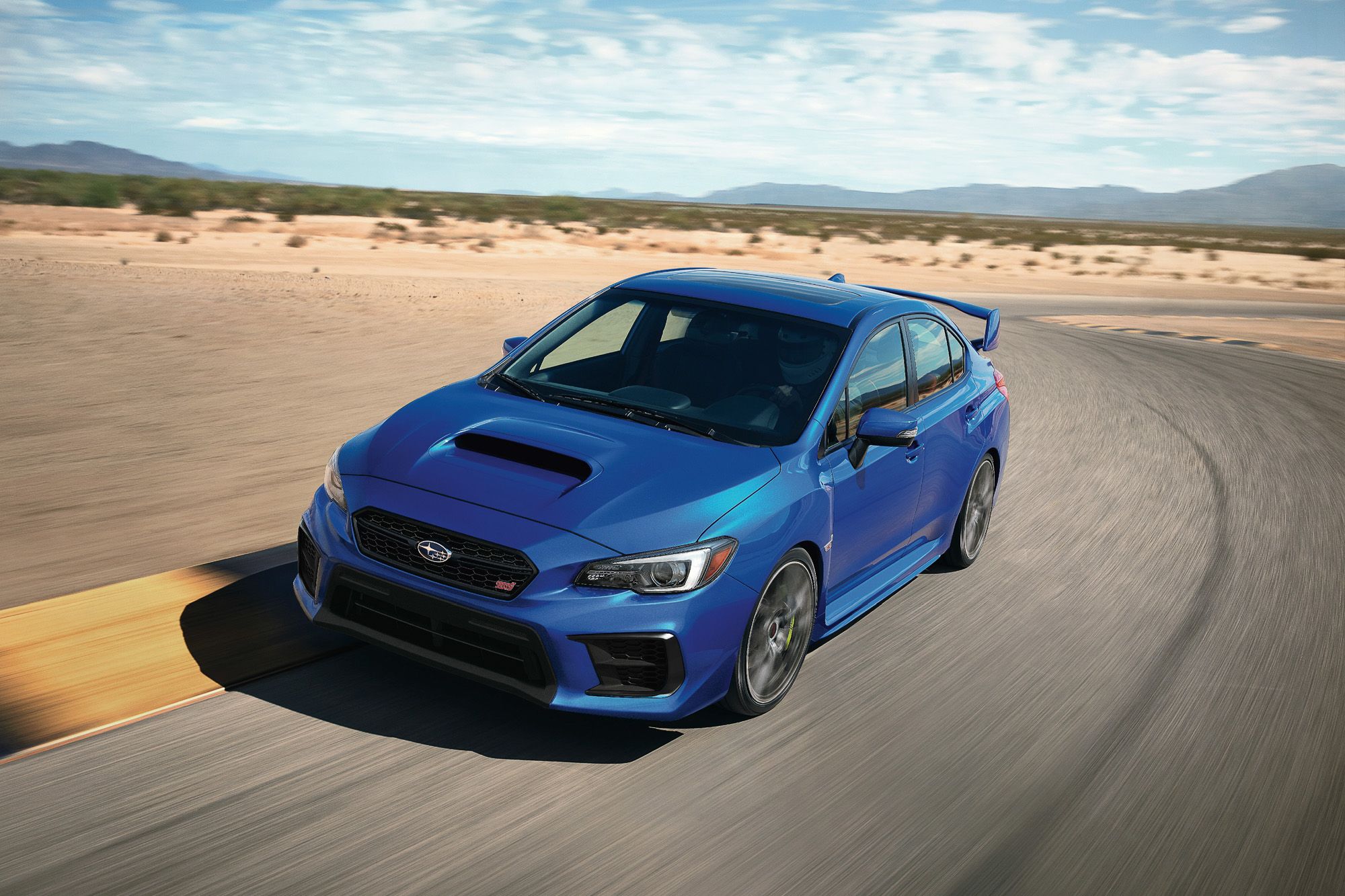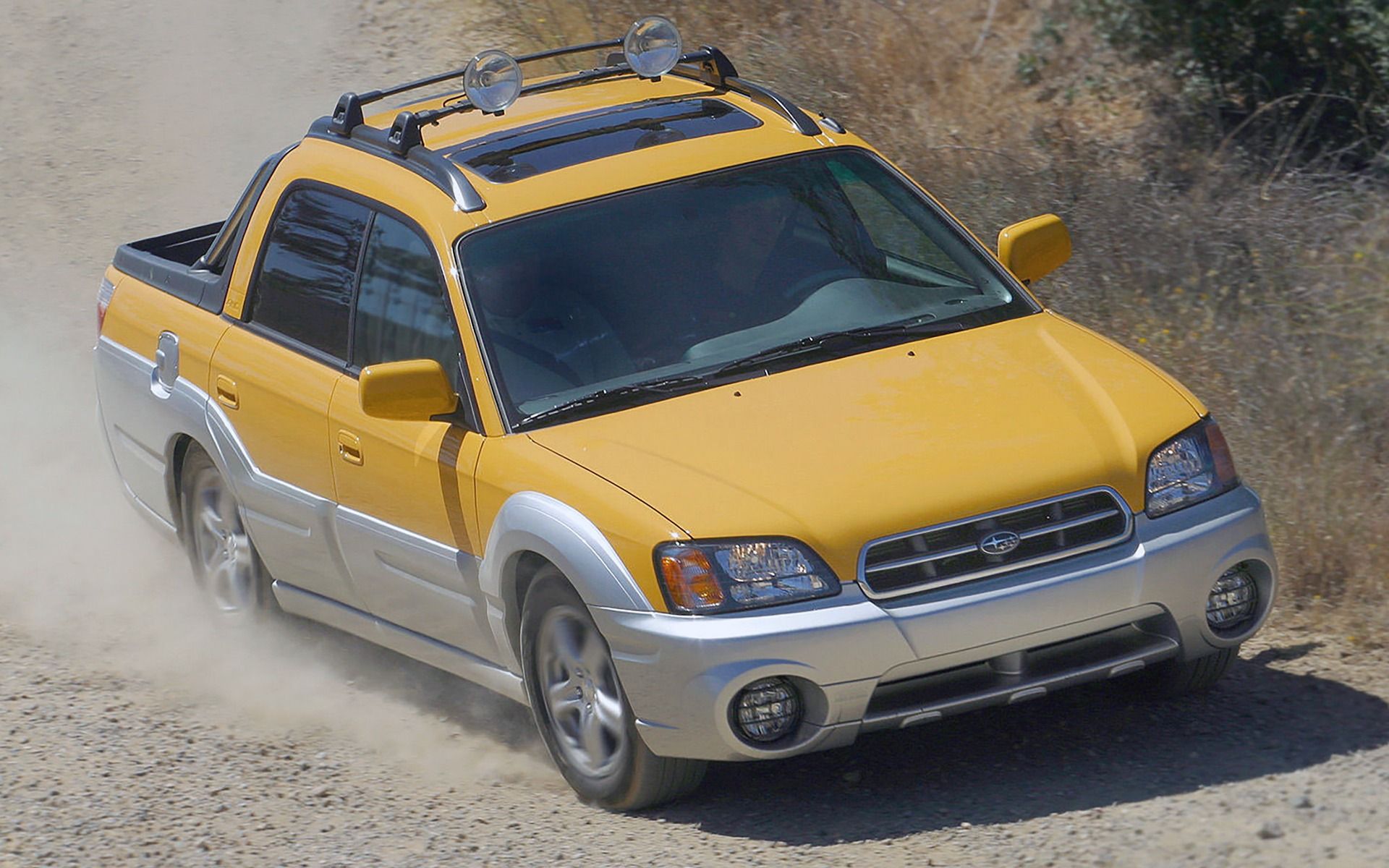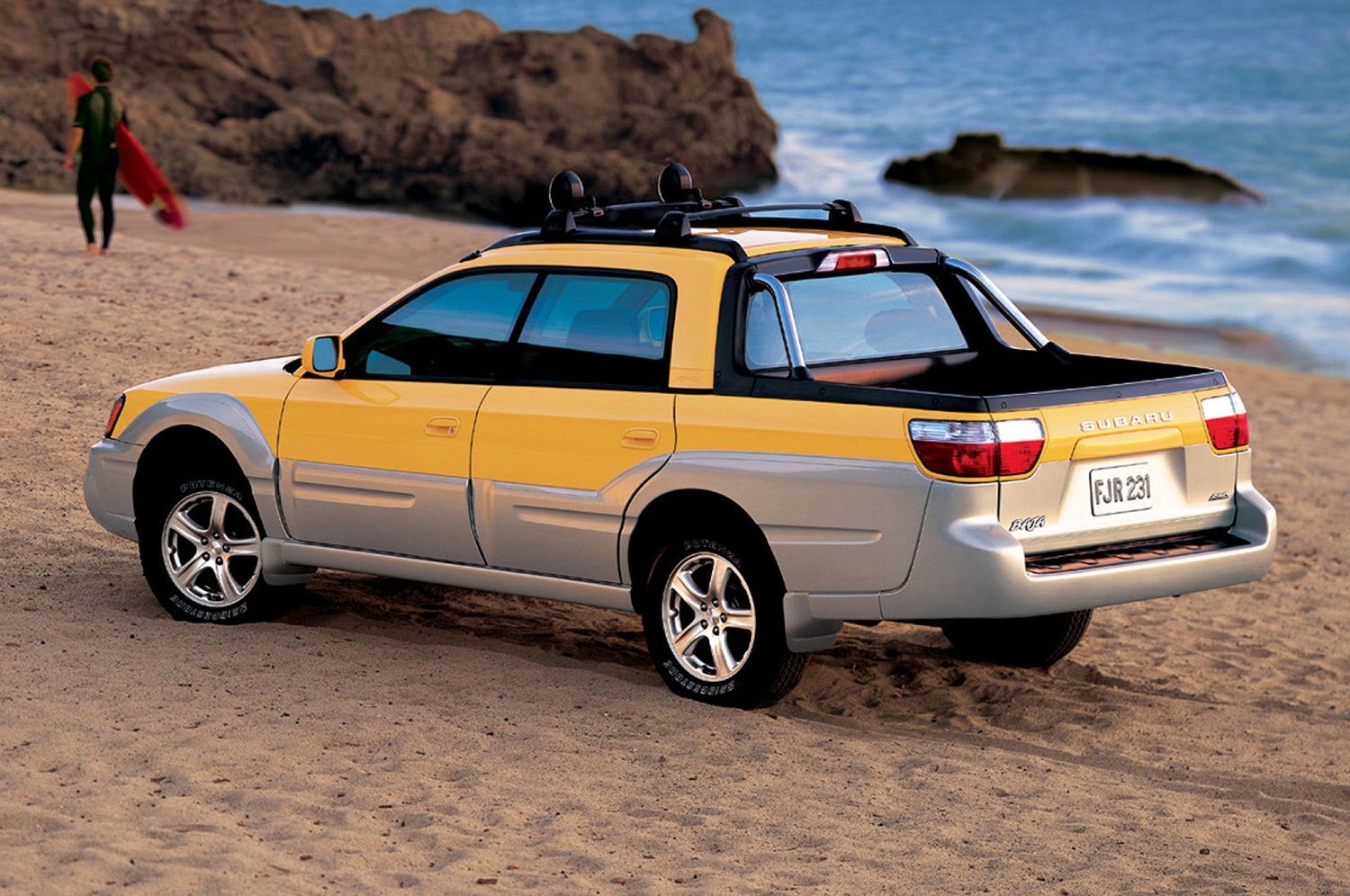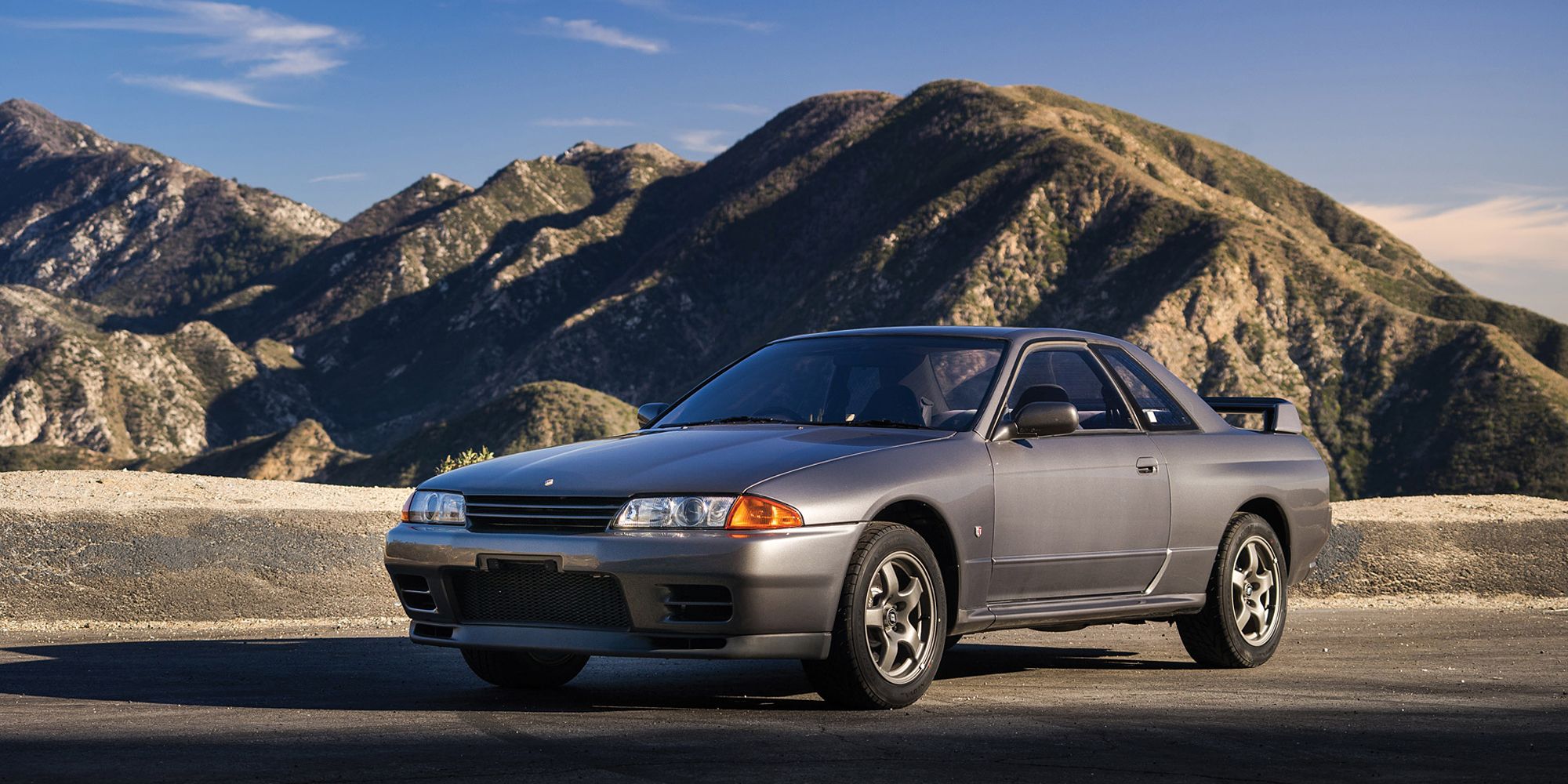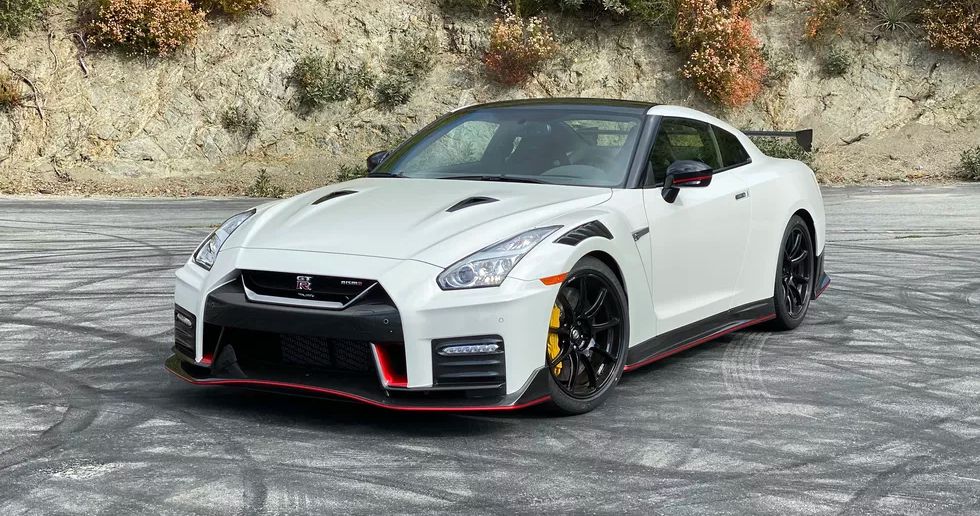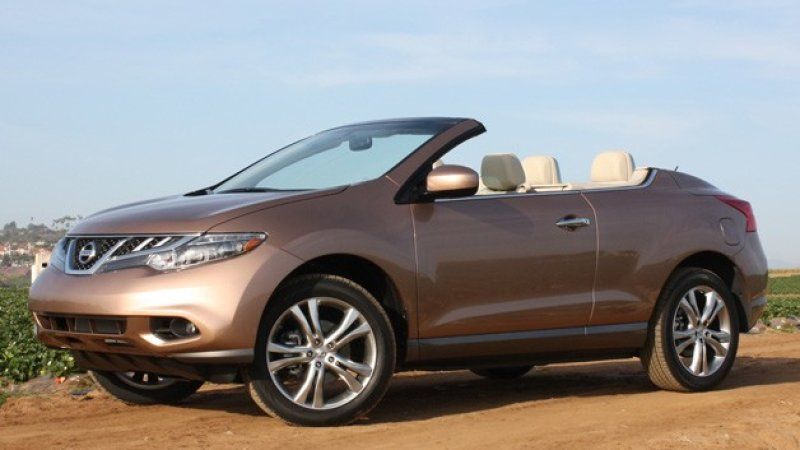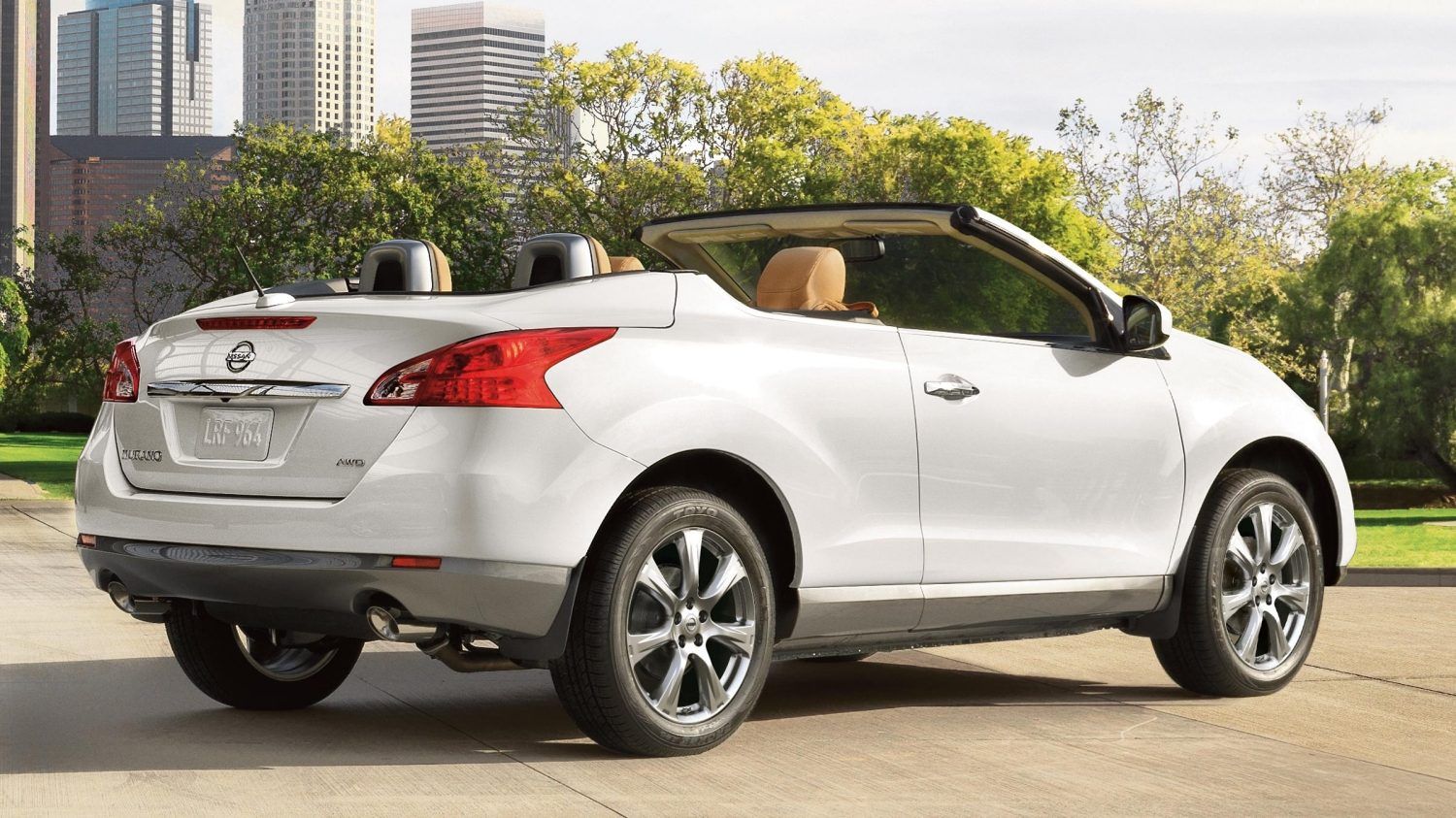When it comes to car making nations, Japan today ranks at the very top with it comes to prolific status worldwide. Working their way up with rather barebones, but efficient cars, Japan is today known for everything from affordable and reliable commuter cars, to monstrous performance machines that can dominate the streets and racetracks.
Looked at with admiration for their precise and efficient designs, many Japanese cars are perfect from the factory. Of course, true perfection is impossible in the auto industry, but in this sense refers to adherence to purpose, fulfilling a specific role set out for them with as few distracting flaws as possible. The opposite is also true, and even though Japan's image may be one of sensibility and meticulousness in design, many cars to come from Japanese brands leave the factory in dire need of improvement, designed without, or unable to fulfill a solid and desirable purpose.
So, read on to see 5 Japanese cars that fulfilled their purpose perfectly from the factory, with reliability and quality to boot, as well as 5 that simply couldn't, and probably should have been worked on more before they were released.
10 Perfect From The Factory: Mazda MX-5 Miata
A legend of the Japanese sports car world, the Mazda Miata is going strong to this day, designed and built with the same purpose that makes it so legendary, and that it fulfilled perfectly right from the factory.
Inspired by small and lightweight vintage European roadsters like the MG B and Fiat 124 Spider - which in a twist of fate is today built using a Miata as its basis – the Mazda Miata debuted in 1989 and was met with instant success. Purposeful in its design and engineering, the Miata is rather barebones and doesn't make much power, but that's the point.
Weighing around 2,100 lbs, and built with a simple chassis, the Miata offers agile handling, and road feel that few sports cars can beat, especially at the affordable price point its positioned at. Spanning 4 generations, the Miata is iconic in its refined simplicity and continues to perfectly fulfill the same purpose it was originally designed with to this day.
9 Needed Some Work: Mazda RX-8
The mostly unloved successor to the legendary RX-7, the Mazda RX-8 had many of the problems found on its predecessor but was missing the incredible looks and sportiness that the RX-7 was known for.
Introduced in 2004, the Mazda RX-8 may not look like it at first glance but was a 4 door car. As a model within the RX series, the RX-8's main point of contention was that it was powered by a rotary engine - an unconventional design that uses a rotor rather than pistons. Using a RENESIS rotary engine that was developed from the nearly 30-year-old 13B rotary, the RX-8 could produce 191 hp in its base form.
While it handled very well and offered a unique experience, the RX-8 just wasn't the winner the RX-7 was. Positioned as a more practical, less sporty offering than the RX-7, the RX-8 still retained the rotary issues that included constant oil burning, terrible fuel efficiency for its size, and a need for maintenance at a far higher frequency than a traditional piston engine. Unlike the MX-5 and RX-7, the RX-8 just didn't have the same purposefulness to it, and while the RX-7 had many of the same issues, it at least was a focused sports car.
8 Perfect From The Factory: Toyota Prius
Bear with me here, the Prius may be a yawn-inducing car, but when it comes to fulfilling the purpose it was designed and made with, it is perfect, even if not in an exciting way.
Hitting the market in 1997, the Prius was developed as a car that could lead the way forward through the 21st century with revolutionary efficiency and technology. And that's exactly what it did, reaching then unheard-of fuel efficiency with its hybrid power. Initially selling slowly, but soon achieving massive sales success for Toyota, the Prius is one of the most iconic hybrids in existence.
While all of this revolutionary tech may have been used to achieve a rather boring purpose, it's hard to deny that the Prius doesn't complete it perfectly. Meant as an affordable, ultra-efficient vehicle for everyday use, the Prius is exactly that and continues to be to this day.
7 Needed Some Work: Scion iQ
A car, and brand, that was discontinued rather quickly by Toyota, Scion was meant to be their "cooler" more youth-oriented sub-brand, and the iQ was meant to by their small city car.
Very similar to the Smart ForTwo, the Scion iQ was a tiny little vehicle meant to commute around densely packed cities. As well, "iQ" is similarly meant to convey some sort of intelligence as "Smart" does. What lacked actual intelligence though, was the iQ itself. Costing more than far better offerings in the small car segment, the Scion iQ was one of Consumer Reports lowest-rated cars of the 2010s.
The reasons for this score were a barrage of flaws, including horrible steering response, yawn-inducing acceleration, a cramped, sparsely equipped, and cheaply built interior, terribly loud noise levels when driving, and the questionable exterior styling. While it is indeed nimble and quick in tight city streets and gets good gas mileage, few people were sad to see the Scion iQ killed off in 2015.
6 Perfect From The Factory: Acura NSX
Aside from Nissan's GTR, there are very few Japanese cars that can claim such legendary status in the supercar world. Introduced as a way to take the exciting and exotic supercar formula, but make it reliable and usable every day, the NSX achieved its goal perfectly.
A segment of exotic, high-performance sports cars, supercars are unbeatable when it comes to style and speed, but had always neglected comfort, sensible ergonomics, and a reliable driving experience. Also having no real association with Japan, the Honda/Acura NSX would change the very image of supercars.
First hitting showrooms in 1990, the NSX was sold as an Acura in North America, and a Honda everywhere else. Regardless of what the humble Honda badge, the NSX was a true supercar, with sleek and exotic looks, incredible handling, and a mid-engine layout. While the 270 hp the NSX originally produced may not sound like much today, at the time it was quite powerful and was made even better by the well balanced, lightweight of the car. But, what the NSX did perfectly though, was add some Japanese sensibility and reliability to the supercar mix. Thanks to how perfect the NSX was at its intended purpose, supercars today are no longer impossibly difficult to drive, and pathetically unreliable monsters they once were.
5 Needed Some Work: Honda Del Sol
Neither terrible, nor great, the Honda Del Sol was a strange and sporty little car from the '90s that didn't go so well for Honda, and today is a car most people have forgotten about.
Introduced in 1992, the Honda Del Sol was a small FWD sports car that was built based on the Civic. A simple and lightweight car, the Del Sol came with up to a 1.6 L inline-4 with VTEC making a healthy 160 hp. giving it adequate performance for the time. Handling was a strong point though, as the short wheelbase and light weight gave it some fun driving characteristics.
But, meant to compete with cars like the Mazda Miata, the Del Sol just wasn't the greatest offering in its segment. Especially bad was the ultra-cheap and barebones interior, as well as common quality control issues like leaking roofs and failing lights. The Del Sol overall wasn't that bad and is a fun cheap option to buy used today, but compared to the sports cars it competed with when new, as well as Honda's other sports cars, the Del Sol definitely needed further refinement.
4 Perfect From The Factory: Subaru WRX STI
When most people think of Subaru, they imagine one of two things, either outdoors-oriented AWD vehicles or rally dominating performance and heritage. While Subaru does that first category well, their rally racing side is just as iconic and just as good.
Debuting in 1992, the Subaru Impreza was a successful compact car with plenty of good points, but would become most legendary as it replaced the Legacy in WRC competition. Made famous by Colin McRae, Subaru introduced a rally-bred version of the Impreza known as the WRX in 1992, then followed it up with the WRX STI in 1994.
Devised as a more hardcore performance-tuned version of the WRX, the first WRX STI filled its role of rally-bred beast well and saw many evolutions like the ultra-hardcore 22B, and later generations that followed its original purpose faithfully. Still sold today, the latest WRX STI continues to follow the rally sedan formula that made Subaru legendary in the Japanese performance world.
3 Needed Some Work: Subaru Baja
Remembered alongside the Pontiac Aztek as one of the ugliest vehicles, and biggest flops of the modern car industry, the Subaru Baja was a strange mess designed without a solid purpose in mind.
First shown to the world as the ST-X concept in the year 2000, the Baja was designed as an Outback that had its station wagon back cut off and turned into a pickup truck. Going on sale for the 2003 model year, the Baja was offered with the Outback's 165 hp boxer engine (later a 210 hp turbo option) and used the bright yellow and silver pictured above as its signature show color.
Thanks to it being a unibody design, the Baja could tow a fraction of what a proper body on frame truck could, and was made even worse by its non-standard size bed that was hilariously small. While a bed extender and unique "switchgate" were offered for more cargo space, the Baja barely worked as a proper truck. With a price tag higher than the Outback it was based on, and a cargo section exposed to the elements, the Baja hardly made sense as a car either. Designed and advertised as a "multi-purpose vehicle" the Baja was pretty versatile but didn't do any one thing particularly well. No surprise then that sales were poor, and that Subaru killed it off after just 4 years in production.
2 Perfect From The Factory: Nissan GT-R
When it comes to legends of the JDM performance world, few cars are as iconic as the Nissan GT-R. A nameplate dating back over 50 years, the GT-R is still in production, and still stands out as one of the ultimate Japanese performance cars.
Starting off life as the Prince Skyline in 1957, Nissan would take over Prince in '66, turning the Skyline into a Nissan model, and hopping it up with racecar derived performance in '69, resulting in the first Skyline GT-R. While another GT-R, the "Kenmeri," would follow in 1973, the Skyline GT-R's legendary formula hit the scene in 1989 after a 16-year hiatus.
Ultra high-tech, nimble, and blindingly fast, the R32 Skyline GT-R was an advanced monster that remains highly desirable to this day. Featuring AWD, all-wheel steering, and a 280 hp RB26DETT engine that could be tuned to monstrous power levels, the Skyline GT-R's formula would be refined up until 2002 with the discontinuation of the R34 generation. Brought back for its R35 generation in 2007, the GT-R was now a standalone model no longer based on the Skyline. But this made it into its own unique supercar, offering truly insane performance at a value that's hard to beat.
1 Needed Some Work: Nissan Murano CrossCabriolet
The Subaru Baja is a car that makes very little sense, the Nissan Murano CrossCabriolet though, makes so much less sense, that it almost makes the Baja look like a logical vehicle.
Seriously, who exactly was Nissan's target market with this thing? While convertible SUVs have existed before, none of them made sense, nor did they see any real market success. Maybe a few people out there wanted an SUV that they could enjoy with the roof down, but the Murano CrossCabriolet sacrifices most of its SUV practicality for that convertible top, including limited trunk space, and tighter rear seats. Costing around $42,000 when new, the Murano CrossCabriolet unsurprisingly sold poorly and was discontinued after 4 years.

